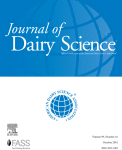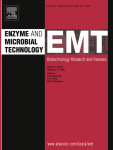Catena 144 (2016) 141–150
Fe and Al compounds of low degree of crystallinity are important components for the development and conser- vation of soil structure in many soils. In this work, the influence of parent material and land use on the abundance of poorly-crystalline forms of Fe and Al was studied in six macroaggregate fractions from 28 soils. The soils select- ed are developed on two geological materials with very different composition: granites or amphibolites, and under two land uses: shrubland or agricultural. Poorly crystalline Fe and Al were extracted with oxalic acid–am- monium oxalate (inorganic and organic forms), and with pyrophosphate (organic forms). Soils developed on am- phibolite were richer in organic matter and poorly-crystalline Fe and Al compounds than soils developed on granite. Agricultural soils were impoverished in organic carbon and organic-complexed Al with respect to shrub- land soils, and enriched in inorganic poorly crystalline forms of Fe. The differences related to land use were more evident in the amphibolite soils. Aggregate stability, assessed by water-dispersible clay quantification, decreased in agricultural soils with respect to shrubland soils, in particular for those developed on amphibolite. This reduc- tion of aggregate stability in agricultural soils is likely due to a combination of several processes: loss of organic matter, higher pH, and an overall loss of poorly-crystalline Fe and Al compounds, in particular Al-organic matter complexes.




















